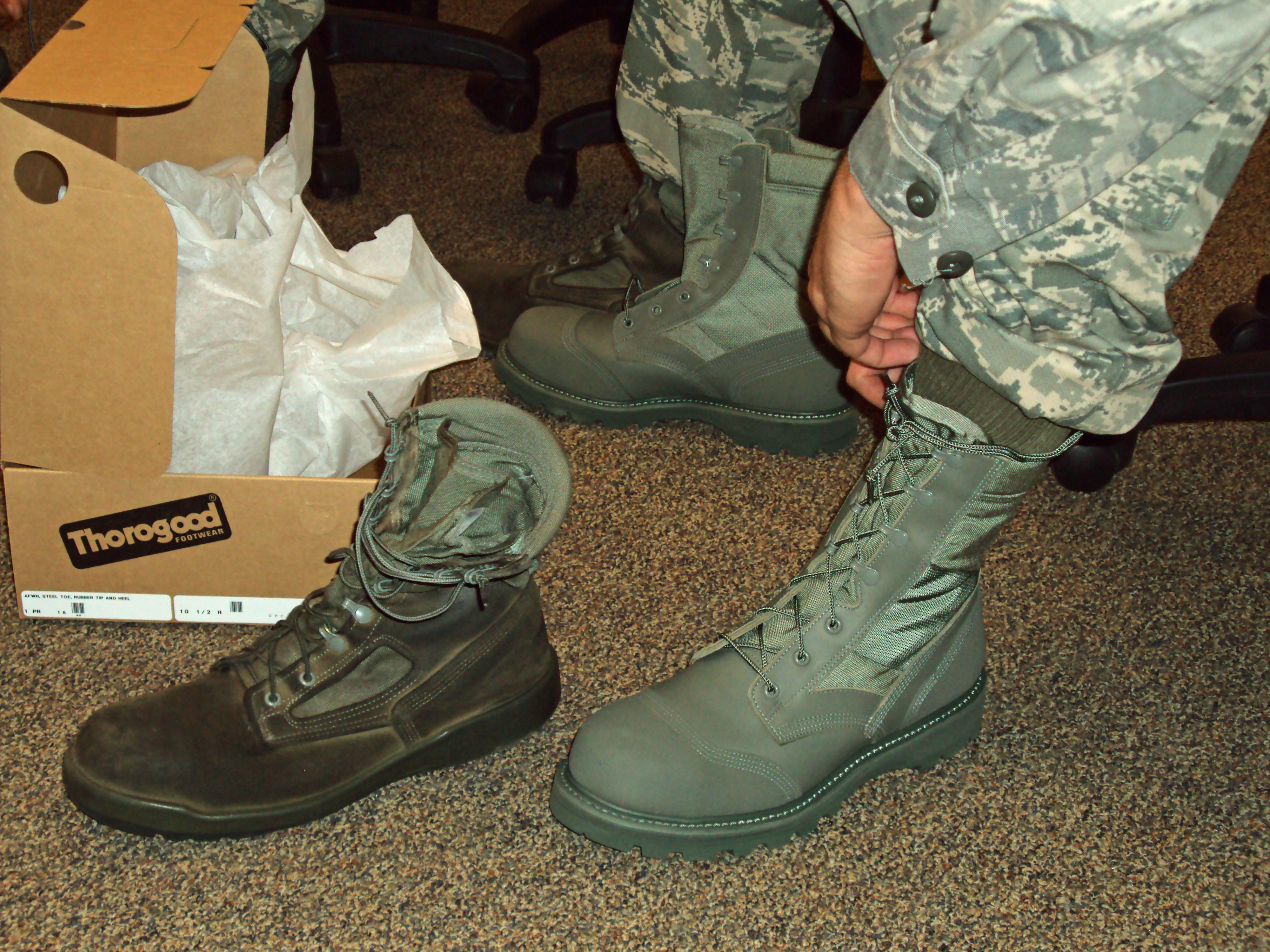So, you’ve volunteered to be in Special Forces and you’re getting ready to go to SFAS. This is the time to prepare yourself for the grind that is to come. There are certain tips, such as the PT program which will help you attain the level of physical fitness that you’ll need to not just pass the course but to excel where the course isn’t as tough as you’ll see other people struggling.
We’ll break this up into different parts and the first and most important is your feet. You’ll hear this 100 times from 100 different people and although you may get different advice, this much is true: Your feet are your lifeline in Special Forces. Take care of them and they’ll take care of you. Next to your brain, your feet are the most important part of your body when taking on the grind of SFAS, the SFQC and your career in the Regiment.
For troops who are coming from a light infantry, airborne or the Ranger Regiment, they’ll already know all these tips and if you have any of those guys in your unit, seek them out for advice.
Boots: This area is self-explanatory, boots are very important. Forget about the high-speed Merrells, Vasques, et al until you get to an A-team. Find two pair of boots that were issued to you via CIF and break them in like you would a baseball glove. You probably won’t be allowed to wear them anyway. Walk everywhere in them until they feel like an extension of your leg.
Why two pairs? There’s nothing worse than having a well-worn pair of boots blow out just before you have a long-range movement or a ruck march for time. Then you’re stuck between a rock and a hard place. Especially if your feet are getting wet daily. At least you can change them out daily, stuff the wet ones with newspaper or paper towels and allow them to dry out.
During one February class when I worked at SFAS, we had heavy rain for nearly the entire course. The students’ feet looked like hamburger because they were wet all the time and still having to deal with the various runs, ruck marches, and movements during the course.
The key for proper fitting boots is ensuring that the boot’s heel sits tightly to the rear of the foot, while giving the toes some wiggle room up front. If your foot is sliding around too much, either front to back or side to side, you’ll have friction, which leads to blisters. If your boots are too tight, your toes will be curled up inside and that is a blister waiting to happen. Some people advise buying boots a half-size too large because your feet will swell on a long-range ruck march. I wouldn’t recommend that at all.
Prepping the Dogs: Some guys spray their feet with antiperspirant which is supposed to stop the sweating which is the cause of blisters. I was never a big believer in this. However, if your feet sweat profusely, then by all means, try it during your prep phase to see if it works for you.
Other guys, I’ve seen use Vaseline or some type of oil or cream to reduce friction. Again, it isn’t something I’d recommend.
The best way is to use just a small amount of Gold Bond powder on your feet and in your socks before going on a ruck march. Not too much, like anything else if you put half a tin in your socks, it will clump up and create just as many problems.
It cuts down on friction which creates blisters. I’d recommend putting some around your crotch as well. If you get rubbed raw “down south” it isn’t pleasant walking for miles that way.
Socks: The best way to approach this is, is to know what cause blisters. Heat, friction, and moisture. Initially, get a good pair of tightly fit synthetic socks that will wick the moisture away from your feet. Turn them inside out so that the stitching inside won’t rub your toes and create hot spots.
The thick issue Army wool socks go over the inner layer of socks and again inside out to prevent the stitching from creating hot spots. The second sock reduces the friction and absorbs the moisture from the inner sock while cushioning your foot inside the boot.
This was explained to me once by someone smarter than me that the friction will occur between the layers of socks rather than between the socks and your feet.
Start Slowly: So, you’ve got your boots and socks on, work your way up to a speed march and distance gradually. Start by just wearing them around the house or your unit and getting used to your own system.
One other thing about wearing your boots and socks for distance rucking. Some guys lace their boots in different ways. Whenever we had a 20 miler to do in Group, I always skipped the eyelet right smack in the middle of my favorite jungle boots. That was where the bend in the top of the foot was and always seemed to be a sore spot. You’ll probably find something similar….whatever works.
Start with small distances and gradually increase the distance and speed in which you walk. Take the time during your prep work to note where you feel hot spots and/or blisters. Once you figure out what works for you, you’ll be ready to start putting some miles on your feet, hopefully, pain-free.
Next time…blisters, everyone gets them and we’ll look at the best ways of treating them.
Photo courtesy of US AF
